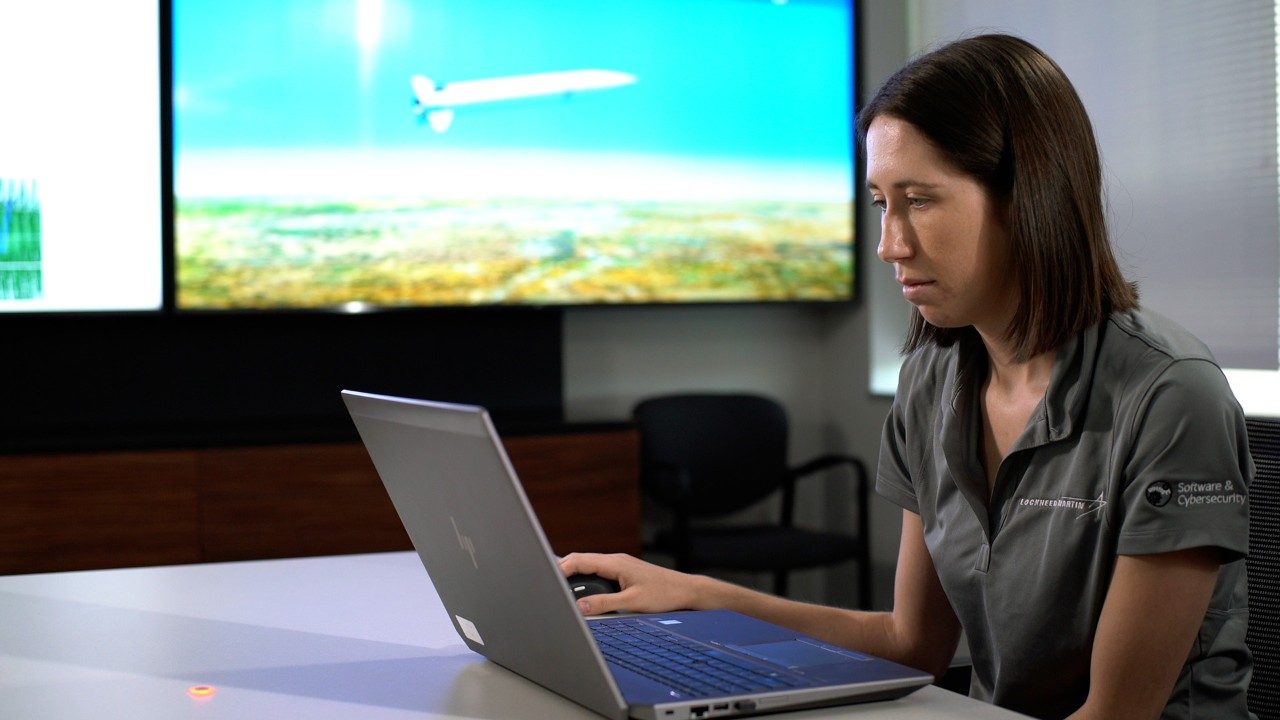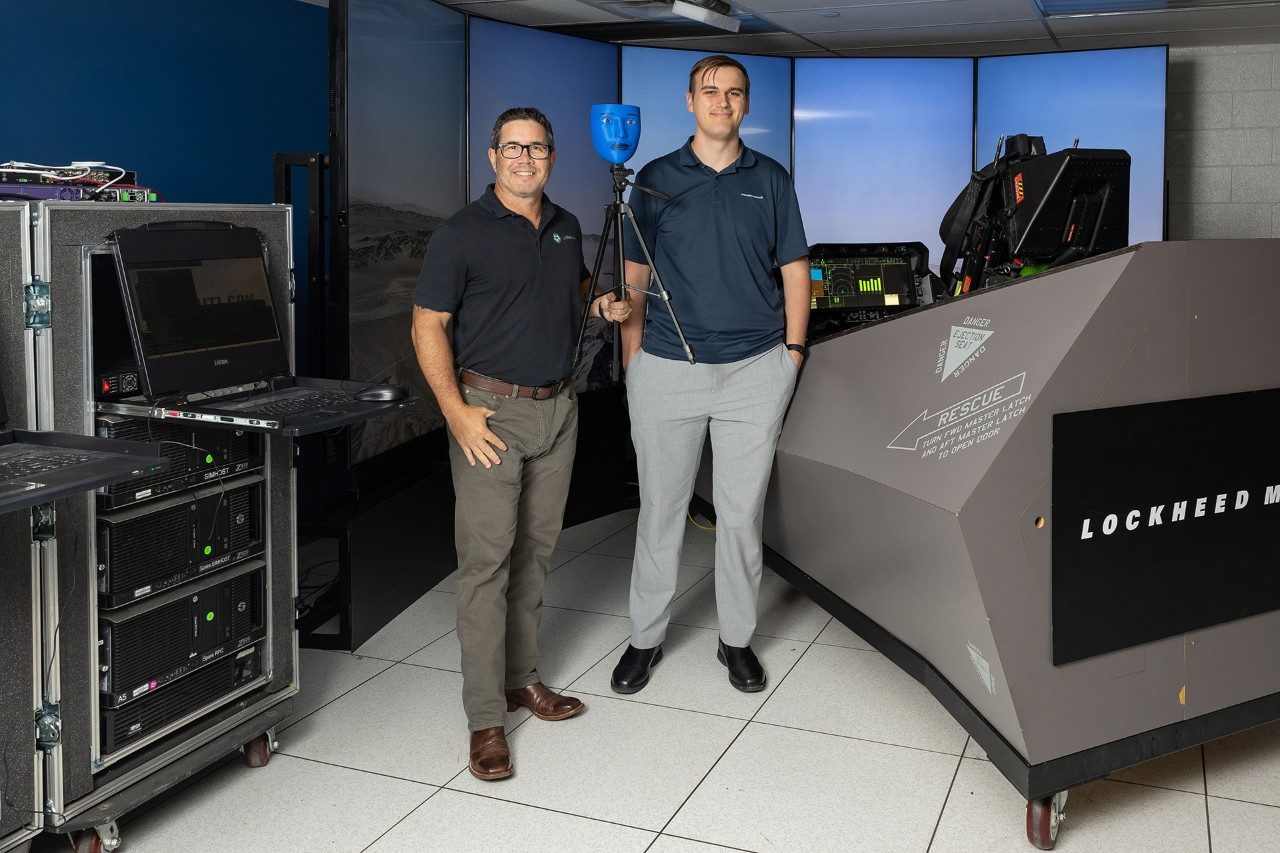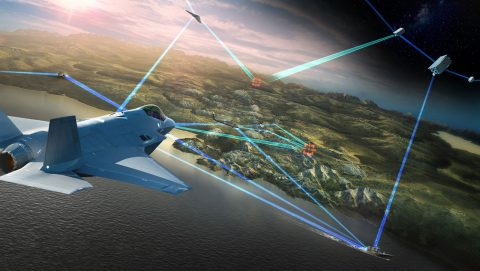Mirror Image: The Power of Digital Twins at Lockheed Martin
Lockheed Martin engineers are harnessing the power of digital twin technology to revolutionize the way we design, develop and operate complex systems for our customers.
A Digital Twin is a virtual model of a physical object or system that's used to simulate its behavior and monitor how it operates in certain conditions.
From enhancing the human-machine teaming to environmental monitoring, we're harnessing this powerful technology to drive innovation and deliver cutting-edge 21st Century Security® solutions.
By creating virtual representations of physical systems and humans, we can:
- Enhance performance and safety
- Accelerate product development and reduce costs
- Improve decision-making and prediction
- Fuse data from various sources for more accurate insights
Earth and Space Observing Digital Twin

60-Sec Tech: Digital Twin

Digital Twins Today
With ARISE™ software, the ability to test early and often with digital twins translates into significant time savings. In previous product development schedules, software testing would take place after mechanical design, procurement, integration and test, electrical design, procurement and integration. With a digital twin, we don’t have to wait for all those things to happen before we start testing our software.

The Earth and Space Observing Digital Twin aims to provide NOAA with an efficient and centralized approach to fuse and visualize data from various space and earth sensors such as NOAA’s GOES-R satellite series.
“A platform such as our digital twin could serve as a one-stop-shop for global weather monitoring and could enable more accurate initial conditions for predictive forecasting," says Lynn an AI Research Engineer.
Digital Twins Tomorrow
Lockheed Martin is exploring the concept of a human digital twin, a virtual representation of aircraft pilots, or what we call the e-Pilot. Like the well-known robot R2D2 in Star Wars, an e-Pilot will monitor the human pilot, aircraft performance and critical phases of flight. It uses this information to assist the human pilot in awareness and provide enhanced aircraft control options during flight safety critical situations – take off, landing, air refueling and tactical engagements with threats.





